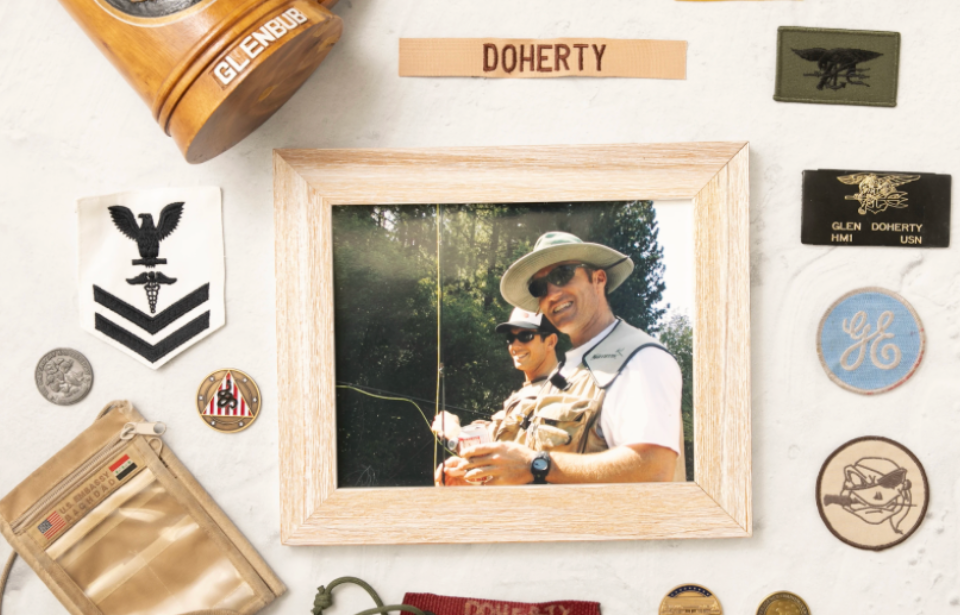On the evening of September 11, 2012, militants launched a coordinated attack on the US State Department’s mission facility in Benghazi, Libya. The assault, which later spread to the CIA’s base in the area, continued into the following day and led to the deaths of four Americans. Among them was retired US Navy SEAL Glen Doherty, who sacrificed his life in defense of American values.
Glen Doherty’s early life
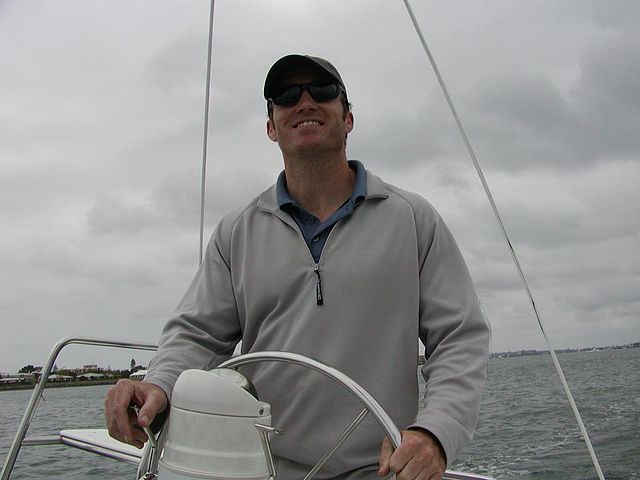
Glen Anthony “BUB” Doherty was one of three children. Raised in Winchester, Massachusetts, Doherty left home after high school to attend Embry-Riddle Aeronautical University in Prescott, Arizona, where he discovered his passion for adventure.
It was no surprise to those who knew him that Doherty became a US Navy SEAL. Known for his love of living on the edge, he was an avid mountain biker, skier and surfer, and he also held a private pilot’s license. Continusously improve himself, Doherty spent his spare time studying aviation and medical techniques, further fueling his drive for personal growth.
Enlistment in the US Navy
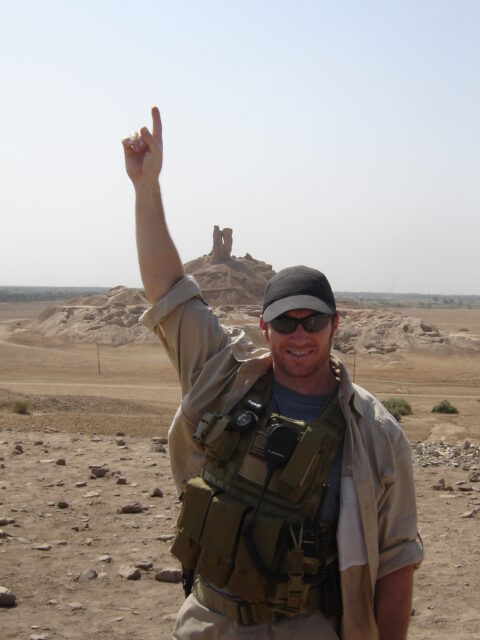
Glen Doherty decided to become a Navy SEAL in October 1995. He completed basic training, then was sent to Naval Hospital Corpsman School at Naval Station Great Lakes. This was followed by Basic Underwater Demolition/SEAL training at Naval Base Coronado and the Basic Airborne Course (BAC) at Fort Benning (now Fort Moore), Georgia.
To complete his extensive training, Doherty attended the John F. Kennedy Warfare Center and School at Fort Bragg (now Fort Liberty), North Carolina.
Doherty became a parademic and sniper, serving with SEAL Teams 3 and 7 over the course of his career as a SEAL. His primary area of operations was the Middle East, with his team being among those to respond to the USS Cole bombing in October 2000, which saw the deaths of 17 American sailors.
Serving in Afghanistan and Iraq
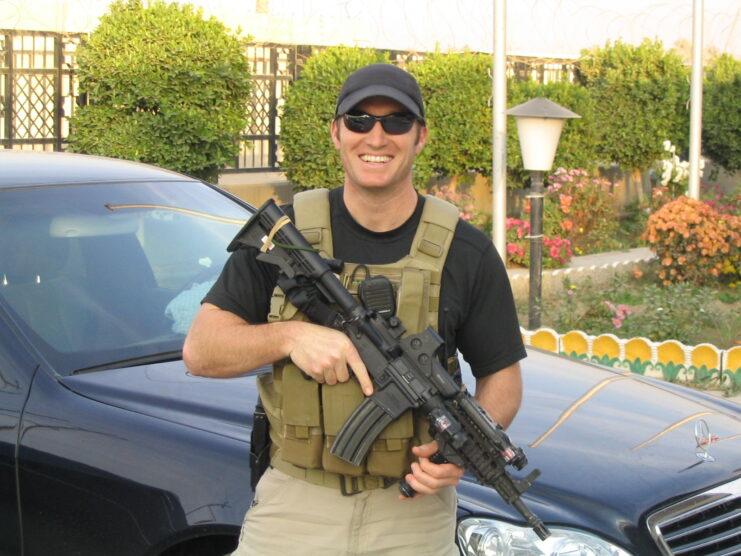
By 2001, Glen Doherty was ready to retire from the military, having undergone reconstructive surgery on his knees. However, the 9/11 attacks changed this, and he went on to serve combat deployments in both Afghanistan and Iraq.
During two of his deployments as part of Operation Iraqi Freedom, the Navy SEAL worked to secure oil fields in Kuwait and helped lead US Marine contingents toward Baghdad. He was also among those to capture Saddam Hussein‘s palaces.
For his service with the Navy, Doherty received the Navy and Marine Corps Commendation Medal with “V” Device, the Global War on Terrorism Service Medal, the National Defense Service Medal and the Iraq Campaign Medal. He retired from the Navy with the rank of petty officer first class.
Joining the Central Intelligence Agency (CIA)
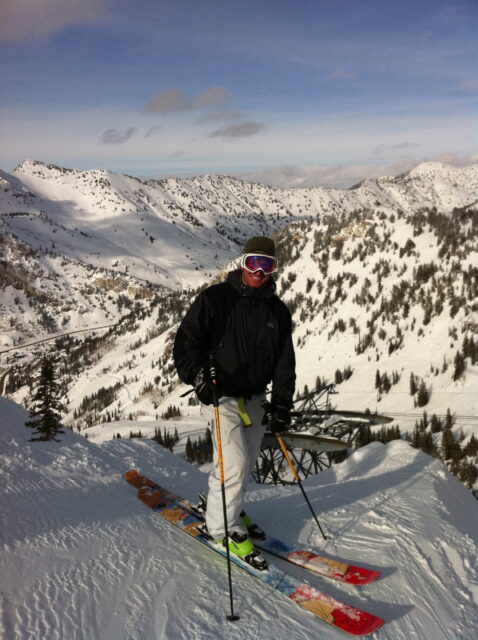
Glen Doherty joined the Central Intelligence Agency (CIA) after his military service. Beginning in 2005, he was deployed to Libya, Israel, Kenya, Afghanistan and Iraq, with his missions including the ’03 rescue of Pfc. Jessica Lynch in Iraq and the rescue of Captain Richard Phillips from Somali pirates in ’09.
In the summer of 2012, Doherty was in Libya working to collect weapons that had been looted during the country’s civil war the year prior.
2012 Benghazi attack
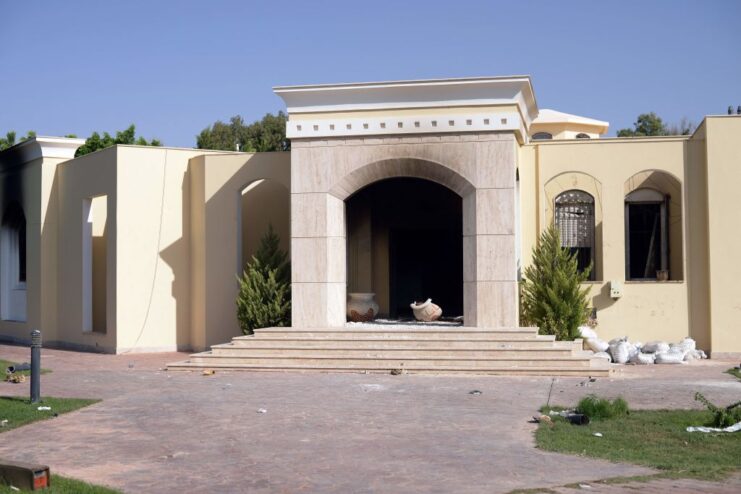
At 9:42 PM on September 11, 2012, 150 militants launched an attack on the Department of State’s mission facility in Benghazi, Libya. They were armed with firearms, rocket-propelled grenades (RPG) and automatic weapons. Personnel within took cover, including the US Ambassador to Libya J. Christopher Stevens.
A Diplomatic Security Service (DSS) agent grabbed Stevens and US Foreign Service Information Management Officer Sean Smith and brought them to a safe room within the building. The militants attempted to enter, but were unable and decided to douse the entrance in diesel and set it ablaze.
While the DSS agent escaped, both Smith and Stevens perished.
A dangerous mission
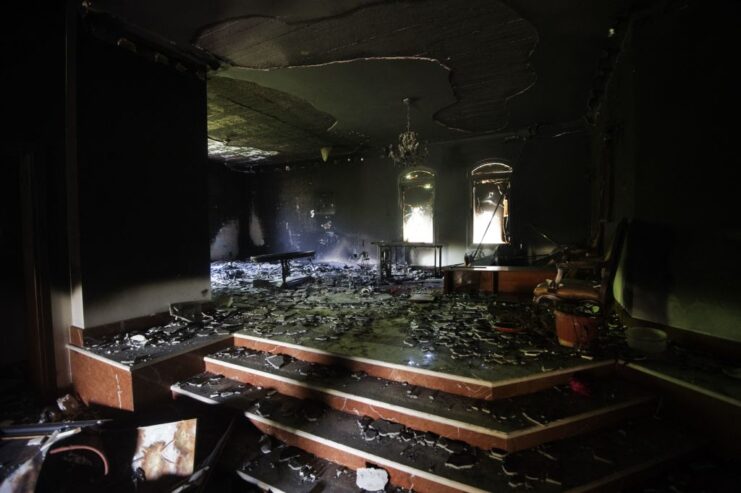
Aware the attack was happening, the CIA’s Global Response Staff (GRS) headed for the scene. Among them was Glen Doherty.
Upon their arrival at the facility, the group could not locate J. Christopher Stevens, who’d been the primary target of their rescue. Unsure of his whereabouts, the decision was made to travel to the CIA base in Benghazi to evacuate personnel there and reinforce the perimeter, as it was anticipated the militants would strike the location, as well.
By the time they arrived at the base, Doherty and the GRS found it already under attack. Those within had taken up defensive positions as militants attacked them with bombs, small arms and machine gun fire, and rocket-propelled grenades.
Glen Doherty gave his life to defend the CIA base
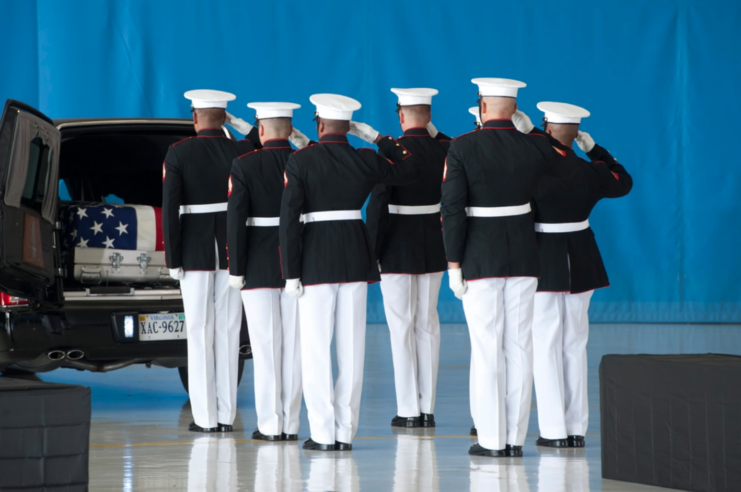
The fight between the militants and the Global Response Team continued into the next day, with the former raining down on the CIA base with mortar fire. Learning that former Navy SEAL and fellow CIA officer Tyrone Woods was manning a defensive position on the roof, Glen Doherty ran to his aid.
While defending the location, the pair were killed when a mortar round landed nearby. They were among the four Americans killed in the engagement, along with J. Christopher Stevens and Sean Smith.
Following the firefight, the bodies of the deceased were transported to Benina International Airport and flown to Tripoli, before being transported to Ramstein Air Base, Germany. They were then returned to the US, where a service was held at Joint Base Andrews, Maryland.
US response to the 2012 Benghazi attack
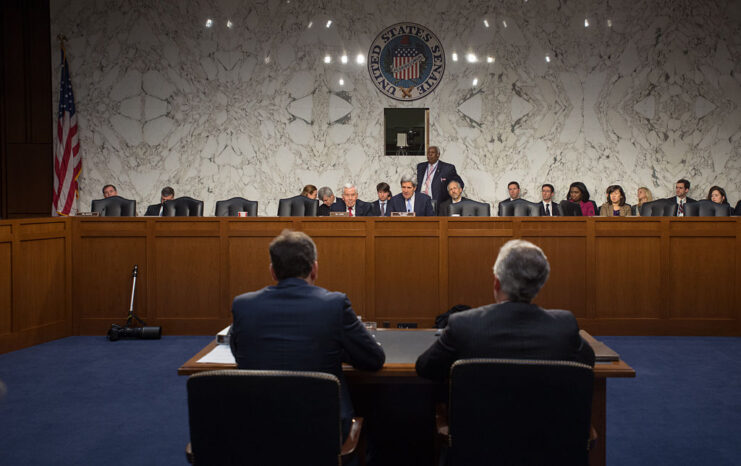
Security was immediately increased at American diplomatic centers following the Benghazi attack, with then-US President Barack Obama condemning what had occurred. Several government investigations were also launched, which found the attack had been planned and that bureaucratic failures had led the US to be ill-prepared for such an assault.
Just under a year later, criminal charges were filed against those involved. Upon entering office, current President Joe Biden also signed into law H.R. 310, which posthumously awarded the Congressional Gold Medal to those who lost their lives in the attack, including Glen Doherty.
Glen Doherty’s legacy
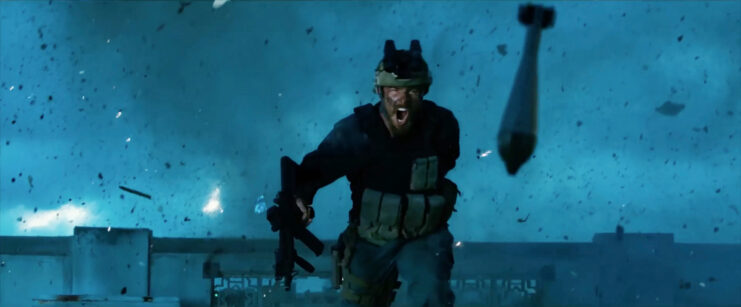
Glen Doherty was 42 years old when he lost his life in Benghazi. He was interred at Arlington National Cemetery. His heroics and those of everyone else on the Global Response Team were memorialized in the 2016 film, 13 Hours. The Secret Soldiers of Benghazi.
To keep Doherty’s memory alive, his family established the Glen Doherty Memorial Foundation (GDMF), which provides scholarships to members of the special operations community to help them transition back into civilian life.
Doherty’s friend, Sean Lake, also founded BUBS Naturals in the late Navy SEAL’s memory. The company helps fund veterans’ transition back into civilian life, with 10 percent of all profits donated to veterans charities.
More from us: The Actor Who Played Young Forrest Gump Went On to Serve In Iraq With the US Army
Want War History Online‘s content sent directly to your inbox? Sign up for our newsletter here!
That total is upped to 100 percent of profits every Veterans Day.
